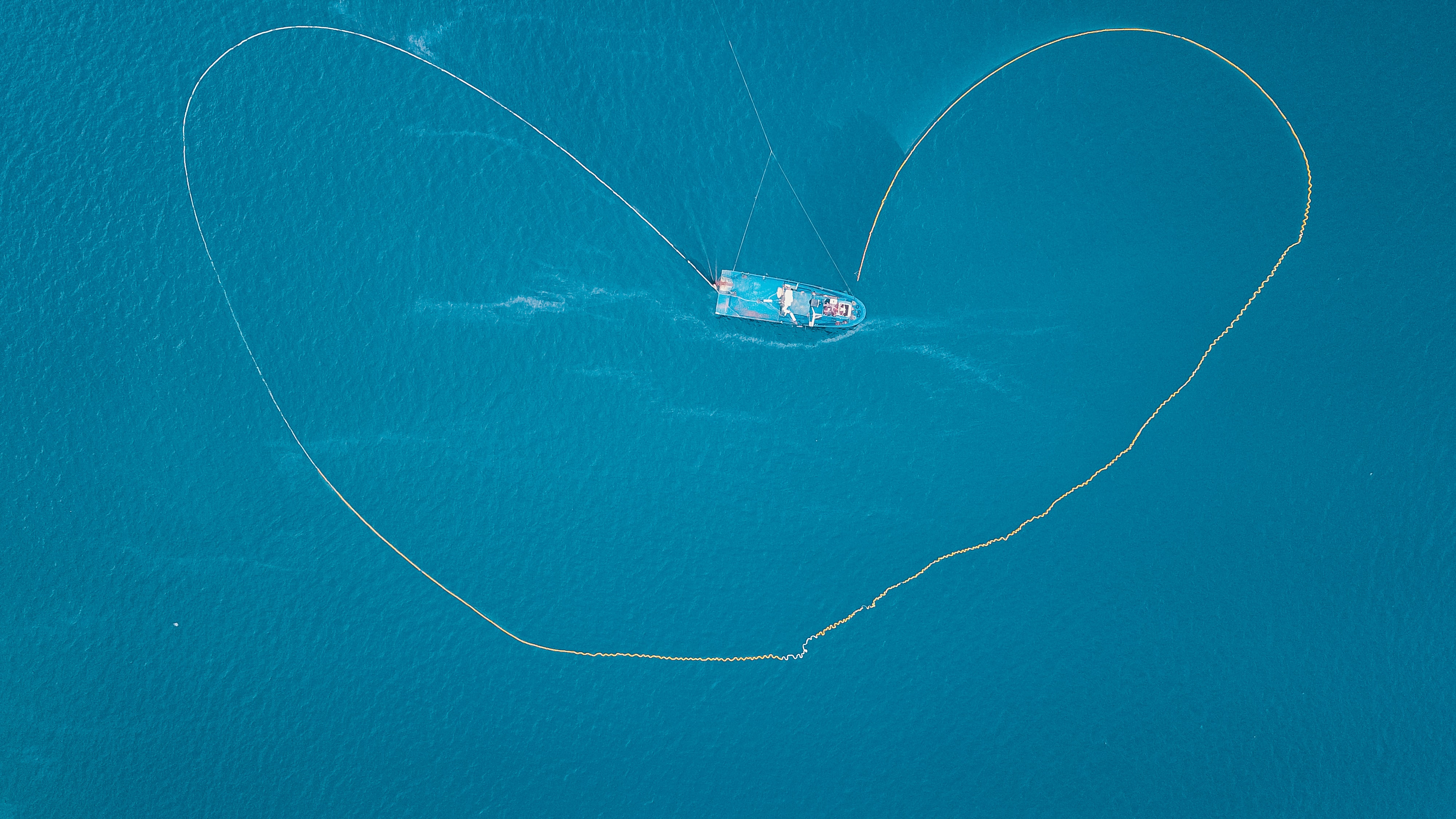About
Marine protected areas (MPAs) around the world have been established to safeguard important marine species and habitats. MPAs vary in their level of protection, and some MPAs partially allow or do not allow fishing within their borders. However, some illegal fishing still occurs in MPAs with fishing restrictions, and MPA enforcement agencies are tasked with finding and catching these illegal fishers. It can be difficult to see where, when, and how much fishing takes place in MPAs for a variety of reasons: fishers can turn off their tracking signals when entering the protected areas, countries differ in the tracking technologies they require vessels to have on board, and smaller vessels can more easily slip in under the radar. In response, Global Fishing Watch is developing new analyses of satellite synthetic aperture radar (SAR) and optical imagery that will track previously-undetectable fishing vessels. In this project, emLab researchers are working with Global Fishing Watch and Pristine Seas to develop and use these new analyses to more accurately estimate how much fishing activity occurs in MPAs around the world.
